Marvel’s Spider-Man immediately drops players into the action with a siege on Fisk Tower and, while Peter Parker has already been Spider-Man for eight years at this point, is incredibly humble in its opening sequences. Marvel’s Spider-Man flourishes when it’s immersed in original storytelling, even if many of these moments lean heavily on comic book influences like Mr. Negative and Devil’s Breath, and it’s not until Marvel’s Spider-Man 2 that the narrative’s true nebulous character is fully revealed. Players learn throughout Marvel’s Spider-Man that Harry Osborn is suffering from an ailment and that his father, Norman, is going to extremes to cure him.
Norman Osborn can be obnoxious whenever he’s public-facing, especially when he has an opportunity to poke a quietly enraged Dr. Otto Octavius. However, he’s clearly deeply distraught by his son’s condition and likely still grieving over the loss of his wife. Harry is then released from his stasis chamber in Marvel’s Spider-Man 2, which consequently unleashes an alien symbiote. As such, Harry is the root of every major story development in the Marvel’s Spider-Man series and Norman’s wild attempts at curing him are at least partly to blame for multiple main antagonists who’ve appeared.
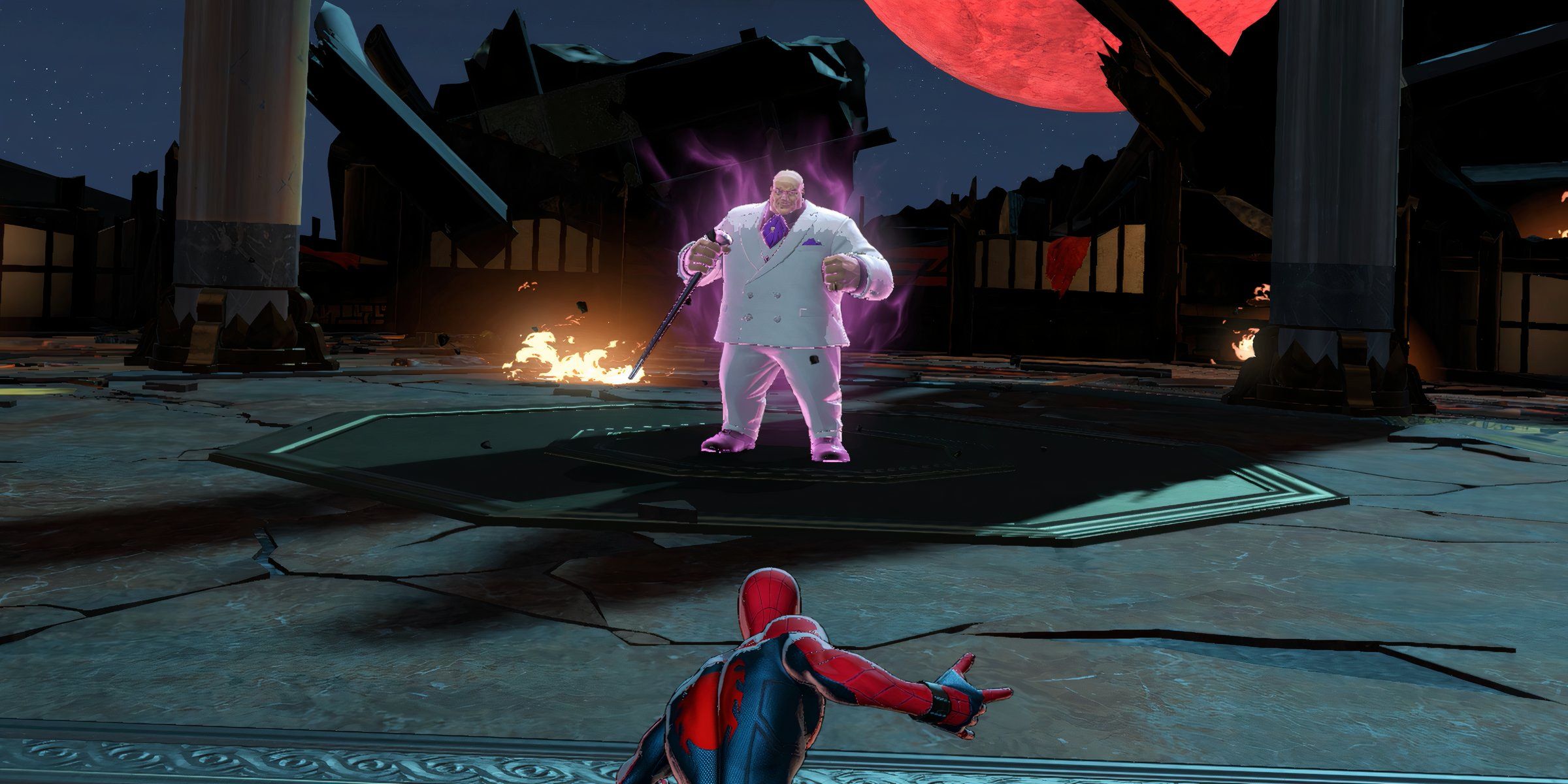
Related
A Marvel Ultimate Alliance 4 Should Leave a Long-Held Tradition in the Past
Marvel Ultimate Alliance has paid its respects to many heroes and villains, but one character’s rogues’ gallery should perhaps sit the next entry out.
Harry Osborn is a Tragic Character at the Heart of Marvel’s Spider-Man
Not unlike many classic Spider-Man stories, the Osborns are a centerpiece of the Marvel’s Spider-Man franchise. Insomniac weaves this tale intriguingly, as neither Harry nor Norman are particularly bad people. Norman has merely tried to heal Harry while Harry has tried to “heal the world” in his mother’s honor, but it’s through their actions that calamity and conflict have arisen in two out of the three Marvel’s Spider-Man games thus far:
- Norman was only developing Devil’s Breath (or GR-27) as a means to cure Harry in Marvel’s Spider-Man, though it is incomplete and Otto gets hold of it to wield it as a bioweapon.
- The symbiote bonding to Harry was a means to cure him or at least keep him in stasis while other solutions could be discovered, but its parasitic hive mind wreaks havoc in Marvel’s Spider-Man 2 once Harry is released and the symbiote briefly latches onto Peter.
- Norman demanding the G-SERUM at the end of Marvel’s Spider-Man 2 is yet another attempt to cure Harry and will undoubtedly result in a Goblin adversary of some kind, whether that’s Norman, Harry, or someone else entirely.
Harry has always been altruistic, as demonstrated in Marvel’s Spider-Man’s research stations and Marvel’s Spider-Man 2’s Emily-May Foundation. There’ll be a new grassroots edition of the EMF out of Peter’s garage waiting for Harry if he manages to recover in Marvel’s Spider-Man 3, but with how many times Norman’s failed to save him it appears as if Harry is doomed to a sad fate that his father’s only been able to delay for so long.
Either way, there would be no Devil’s Breath outbreak or symbiote invasion if it wasn’t for Harry’s ailment, and that same ailment is guaranteed to catalyze whatever Marvel’s Spider-Man 3’s plot revolves around, too.
Norman Osborn’s Decline Precipitates a Green Goblin in Marvel’s Spider-Man 3
If Norman experiments on Harry with the G-SERUM, there’s a high likelihood that Harry could become another villain character in Marvel’s Spider-Man, this time with a glider, pumpkin bombs, and an armored suit. That said, doubling down on Harry as a villain would be odd and abuse the character more than he’s already been.
Norman’s intentions are heartfelt, but Harry is more of a lab rat than anything now. There’s no logical reason why Norman would take the G-SERUM in his stead, though, and if he becomes Green Goblin there will hopefully be a decent explanation.
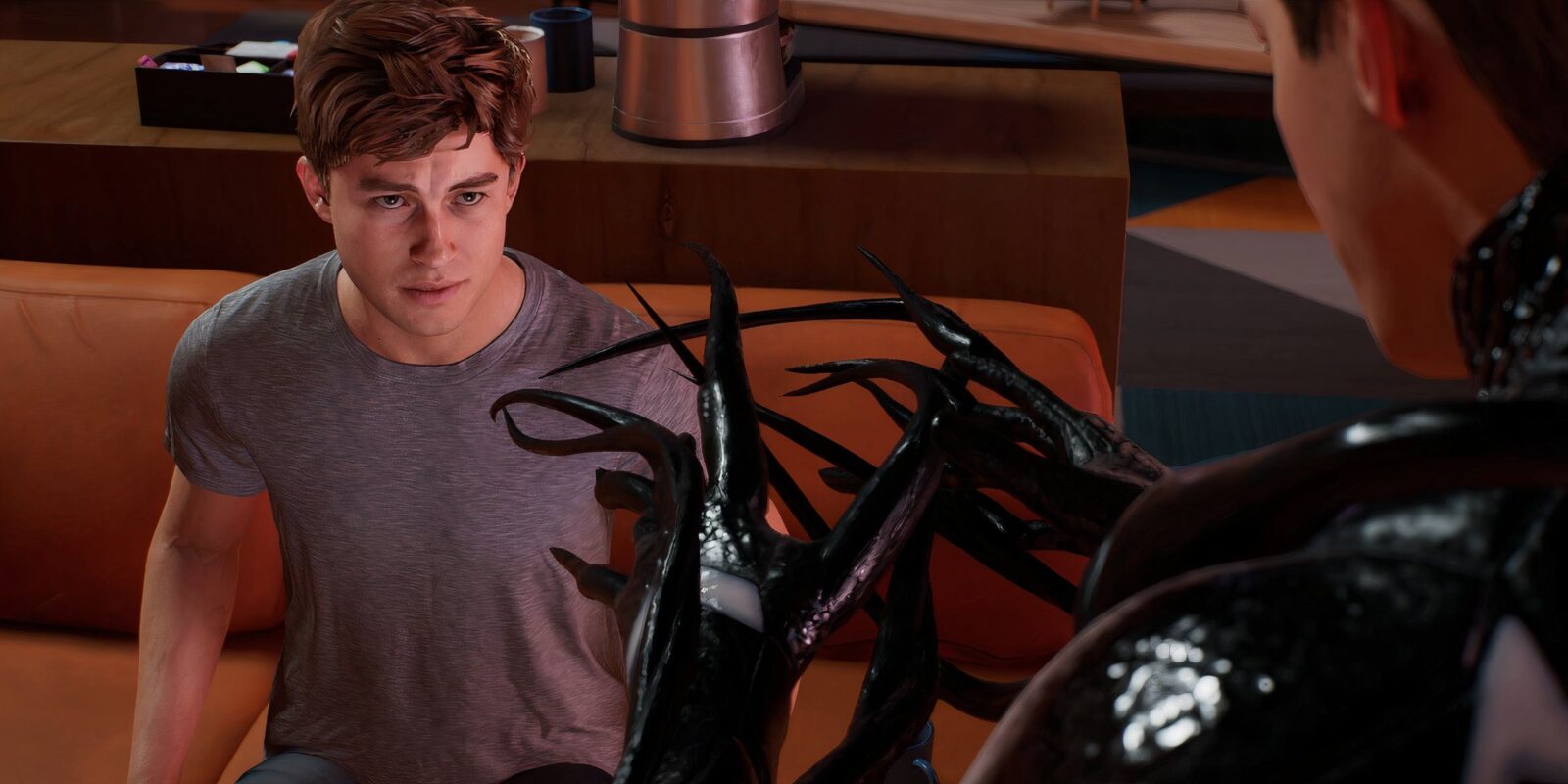

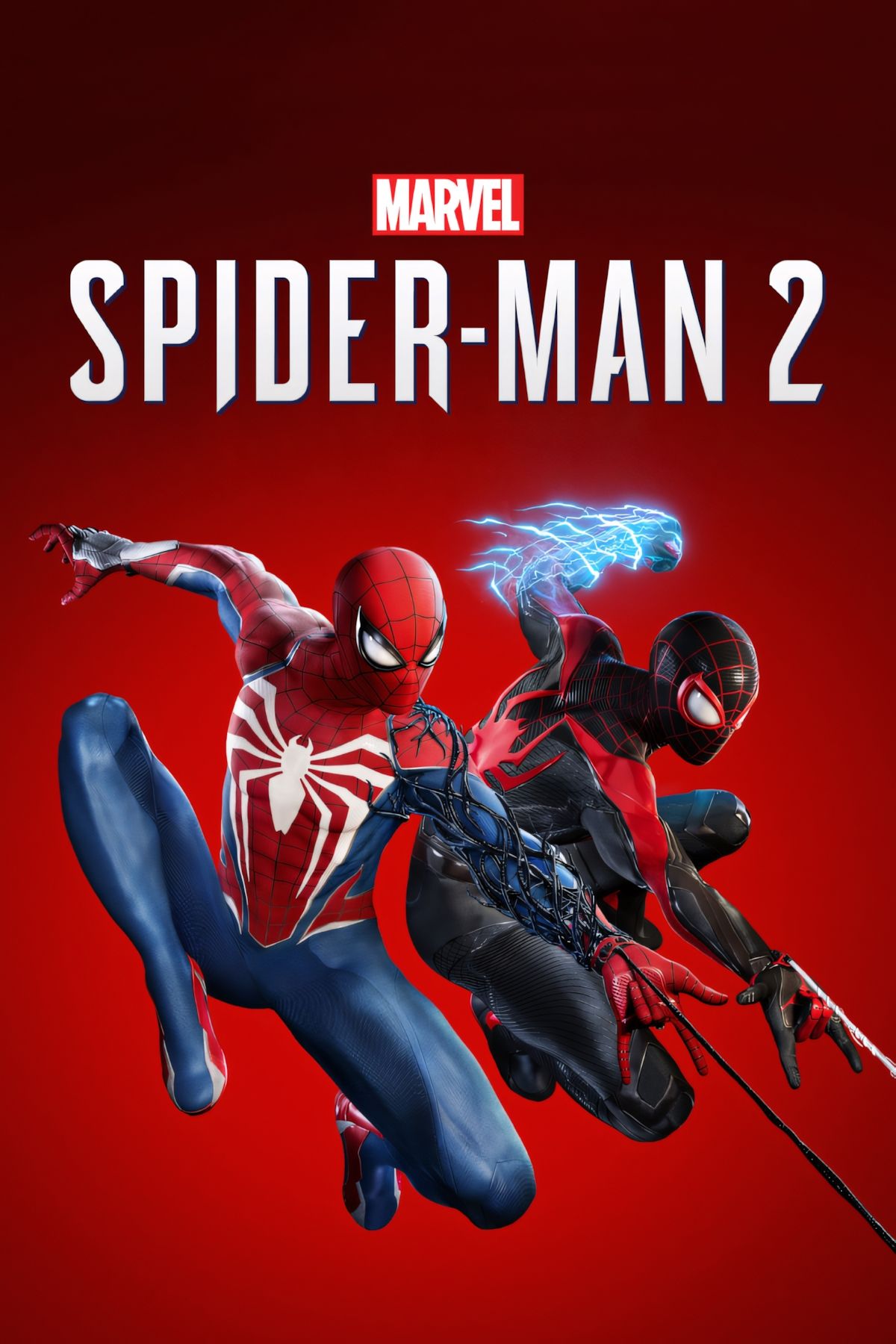







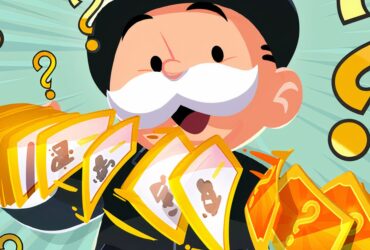

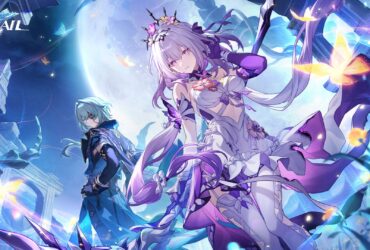
Leave a Reply